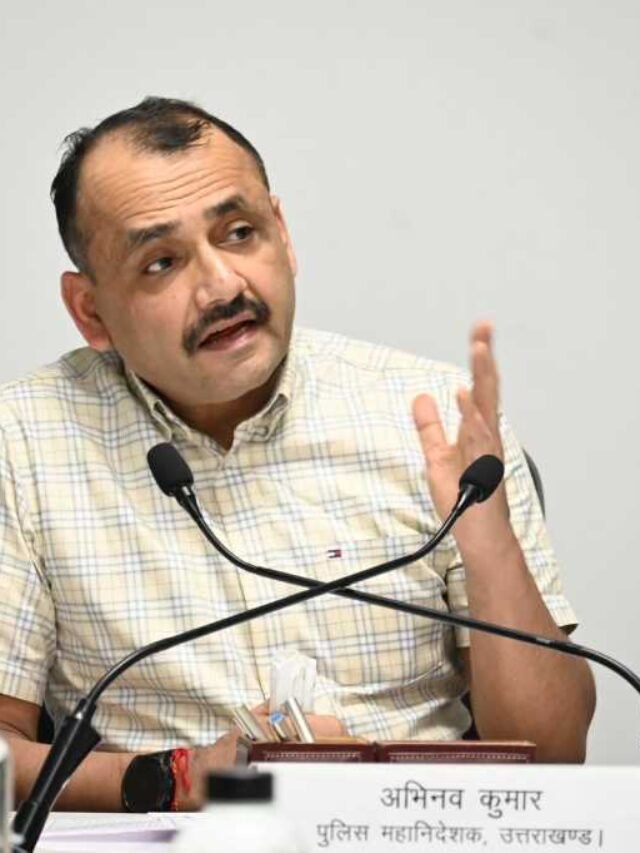Chandrayaan 3 Mission: India Attains Historic Milestone with Lunar Landing at Moon’s South Pole India achieved a monumental feat as it successfully executed the landing of Chandrayaan 3’s Lander Module (LM) on the challenging, frigid (with temperatures plummeting to minus 230 degrees Celsius), and dimly illuminated expanse of the Moon’s South Pole, spanning a vast distance of 388,545 kilometers from Earth.
The captivating imagery of Chandrayaan 3’s LM gently making contact with the lunar terrain will be etched into the memories of Indians and global spectators for years to come.
- Advertisement -
This accomplishment stirred a wave of overwhelming excitement and enthusiasm among Indians and individuals worldwide, as the scientists of ISRO (Indian Space Research Organization) orchestrated this intricate feat with meticulous precision, carefully guiding the spacecraft to a secure touchdown.
The incident involving Russia’s Luna 25, which crashed on August 20, 2023, due to an unforeseen “emergency” during its landing, cast a shadow over India’s mission, fostering hopes that a similar fate would not befall Chandrayaan 3.
Despite ISRO’s official statement that there was no competitive race between India and Russia, the mishap with Luna 25 left many anxiously hoping for the success of Chandrayaan.
ISRO conveyed its disappointment over the Luna crash, deeming it an “unfortunate” event.
- Advertisement -
In light of the setback endured by India’s Chandrayaan 2 mission, which suffered a lunar surface crash in 2019, the triumphant lunar landing of Chandrayaan 3 was keenly awaited by all, collectively holding their breath as observers.
India Joins the Prestigious Ranks of Lunar Explorers Accomplishing a soft landing on the moon stands as a remarkable achievement, positioning India among an exclusive group of nations that have showcased their capacity to effectively deploy spacecraft on the lunar surface. India now takes its place alongside the esteemed ranks of the United States, China, and the former USSR.
This milestone grants India access to the coveted USD 500 billion space market. The Chandrayaan 3 mission is reported to have incurred an estimated cost of Rs 615 crore, reflecting remarkable cost-effectiveness for such a significant achievement.
India’s expertise in lunar landing technology has been substantiated, distinguishing it from previous attempts by countries like Israel, Japan, and the United Arab Emirates, which experienced failures in their lunar endeavors.
The culmination of ISRO’s successful landing was observed by scientists from NASA (National Aeronautics and Space Administration) and the European Space Agency, who diligently monitored the spacecraft’s trajectory and status throughout its journey, providing regular updates to ISRO through their ground stations.
ISRO meticulously monitored the spacecraft’s health from the Mission Operations Complex (MOX) at ISRO Telemetry, Tracking, and Command Network (ISTRAC), supported by the Indian Deep Space Network (IDSN) antenna near Bengaluru, in collaboration with ESA and NASA’s JPL Deep Space Antenna.
- Advertisement -
Undeterred by the Luna 25 incident, ISRO adhered steadfastly to its plan, calmly progressing toward the scheduled lunar landing on August 23.
The Significance of the Moon’s South Pole The Moon’s south pole has garnered the interest of space agencies worldwide, including the US and China, due to its potential reserves of ice and water. These resources hold paramount importance for any prospective human settlement or extended base to facilitate future interplanetary exploration. Hydrogen derived from the ice could be utilized as rocket fuel, while treated water could serve as a vital resource for lunar inhabitants.
Long-duration stays will be crucial for upcoming mining operations aimed at harnessing the Moon’s abundant resources. Intriguingly, the presence of lunar ice was confirmed in 2008 by Chandrayaan 1 in collaboration with a US instrument.
The ongoing mission entails a six-wheeled rover that will conduct experiments on the Moon’s South Pole for a lunar day, equivalent to 14 Earth days.
ISRO’s Expertise Extends Beyond Landing ISRO’s achievement goes beyond mere landing prowess; the agency’s capability to deploy a rover (Pragyan) from the Lander Module for scientific investigations underscores its comprehensive competence and technological proficiency, encompassing both secure landing procedures and effective exploration of the lunar surface.”











